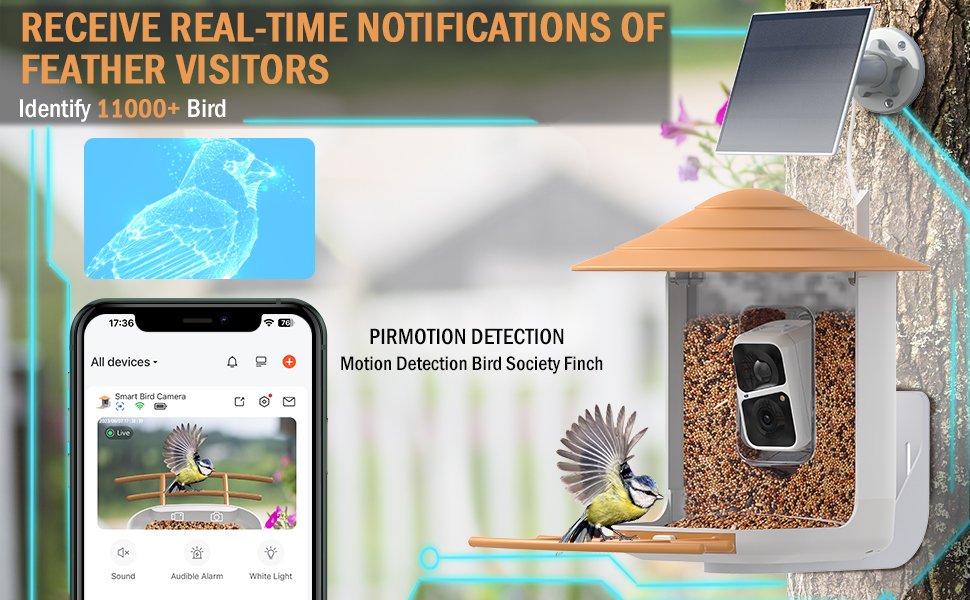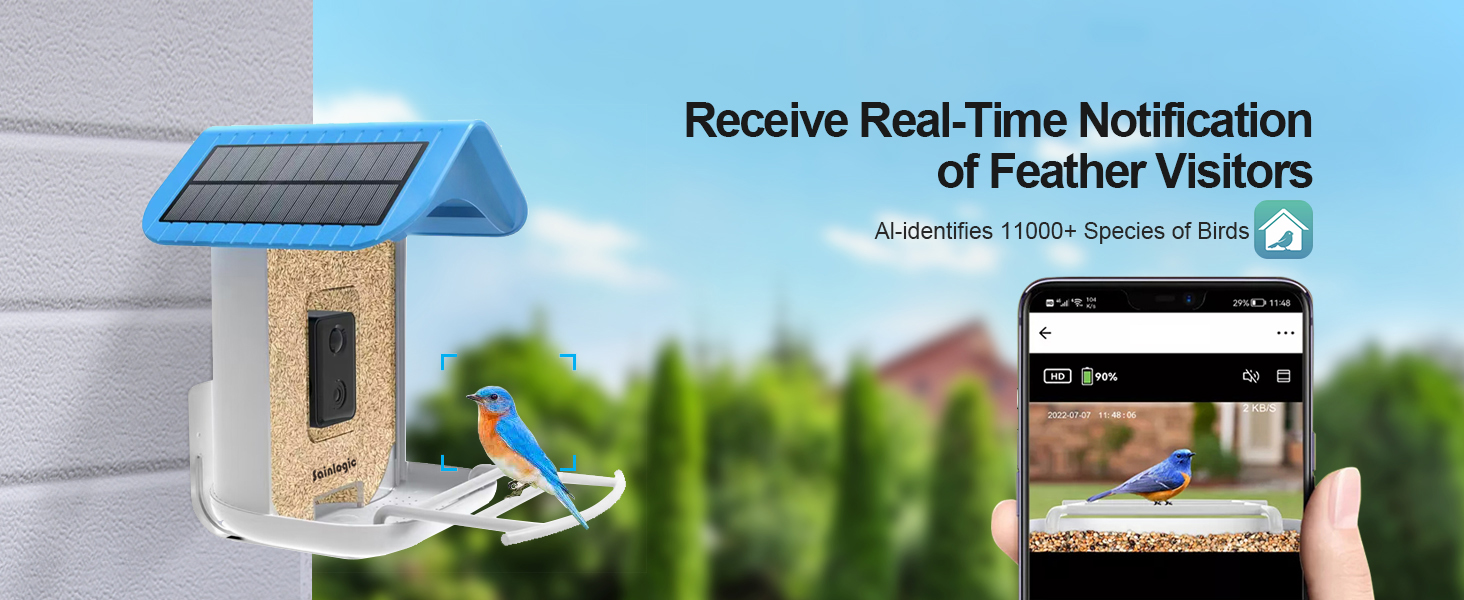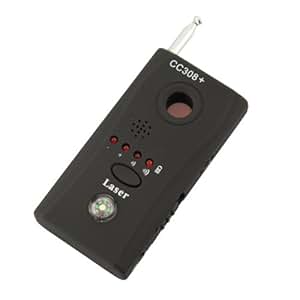Smart bird feeders. They’re not just a fun gadget; they’re a window into the fascinating world of avian behavior, a tool for citizen science, and for many, a source of daily joy. But the technology behind these clever devices is constantly evolving, making it tricky to predict future trends. So, let’s dive into what we can expect to see in the coming years, focusing on areas of innovation and improvement.
The Rise of AI-Powered Bird Identification and Monitoring

One of the most exciting areas of development in smart bird feeders is the integration of advanced artificial intelligence. Currently, many feeders offer basic image capture, allowing you to see which birds are visiting your yard. However, the next generation will move beyond simple snapshots. We’re likely to see feeders incorporating sophisticated AI algorithms capable of identifying different bird species with high accuracy, even differentiating between subspecies. Imagine a feeder that automatically logs the exact species, number, and visit times of every bird that feeds, providing a wealth of data for your personal enjoyment and potential contribution to ornithological research.
Enhanced Connectivity and Data Analysis

Beyond identification, the data collected by smart feeders will become increasingly sophisticated. Expect improved app integration, providing detailed analysis of your bird activity. This might include identifying trends in species visitation based on weather patterns, seasonal changes, or even the availability of different food sources. The apps could offer personalized recommendations for attracting specific birds, highlighting times when certain species are most active. Furthermore, expect to see more seamless integration with other smart home devices and ecosystems, allowing for automated refill notifications or even remote feeder control.
Improved Materials and Durability
Early smart bird feeders have faced challenges related to durability and weather resistance. Future iterations will address these issues with more robust designs. Expect to see the use of advanced materials better suited to withstand harsh weather conditions, such as UV-resistant plastics and corrosion-resistant metals. These improvements will ensure the longevity of the feeder, reducing waste and offering a more reliable, long-term investment.
Focus on Biosecurity and Hygiene

The spread of avian diseases is a serious concern, and smart feeders can play a role in mitigating this risk. We’re likely to see designs incorporating features that improve hygiene, such as self-cleaning mechanisms, UV-C sterilization capabilities, or antimicrobial coatings. These innovations will help to minimize the risk of disease transmission between birds and promote a healthier ecosystem.
Personalized Feeding Experiences
The personalization of smart bird feeders is another key trend. Future devices may offer customizable feeding schedules, allowing you to adjust the amount and type of food dispensed based on the specific needs of your local bird population. This level of customization will enhance your interaction with birds and allow for more effective bird attraction strategies.
Advanced Security Features

As the value of the data collected by smart feeders increases, so too will the need for robust security measures. Future devices should incorporate advanced encryption and data protection protocols to prevent unauthorized access and safeguard your privacy. Look for feeders with secure cloud storage and robust authentication methods.
Integration with Citizen Science Projects
The data generated by smart feeders could become an invaluable resource for citizen science initiatives. Imagine a network of connected feeders contributing to large-scale research projects, helping scientists track bird migration patterns, monitor population changes, or study the impact of environmental factors on bird behavior. The integration with established citizen science platforms will allow individual users to actively contribute to a broader understanding of avian ecology.
Comparison with Competitors: A Glance at the Market
The smart bird feeder market is growing rapidly, with numerous companies vying for a share. While specific features and pricing vary widely, several key players are consistently pushing boundaries in terms of technology and design. A detailed comparison would require a separate in-depth review, but general observations reveal a trend towards more AI-driven features, better connectivity, and more robust construction in higher-end models. It’s crucial to read reviews and compare specifications before purchasing, ensuring the device meets your specific needs and budget.
Practical Advice for Smart Bird Feeder Users
Owning a smart bird feeder is not just about buying the device; it’s about understanding its potential and limitations. Regular maintenance is crucial to ensure the smooth operation of the feeder. This includes cleaning the feeder regularly to prevent mold and disease, ensuring the battery or power supply is working correctly, and monitoring the food level to avoid interruptions in feeding. Familiarize yourself with the app interface, utilizing all available features to optimize your bird watching experience. Lastly, be a responsible steward of wildlife – remember that you are impacting a natural ecosystem, so choose the right type and amount of food for your local birds.
The future of smart bird feeders is bright, promising a more engaging and informative experience for bird enthusiasts of all levels. By keeping abreast of these emerging trends, you can choose a feeder that not only provides enjoyment but also contributes to a greater understanding of our feathered friends.




